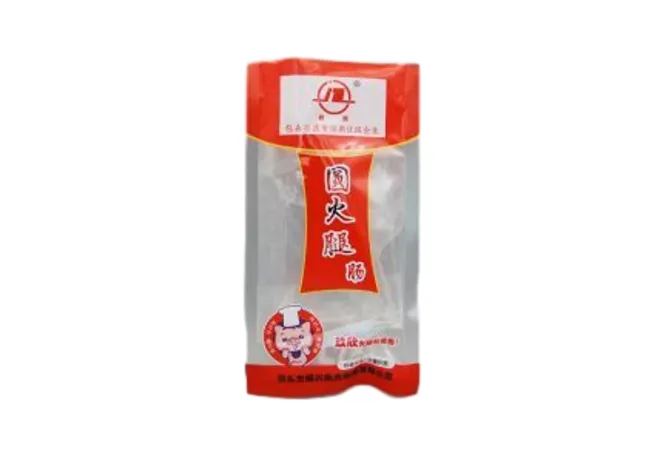Understanding NPK Values on Fertilizer Bags A Comprehensive Guide for Garden Enthusiasts

Fertilizers have long been the backbone of successful gardening, providing plants with essential nutrients that might be lacking in the soil. Among these, the term NPK frequently appears on fertilizer bags, yet many remain unsure about its significance. This detailed exploration delves into the world of NPK, empowering gardeners with the knowledge necessary for informed decisions.
NPK stands for nitrogen (N), phosphorus (P), and potassium (K), the three primary nutrients that plants need in significant amounts. These elements are critical for plant health, influencing everything from root development to disease resistance. Understanding the role each plays will illuminate why the ratios on those bags are so vital.

Nitrogen is the cornerstone of plant growth, primarily responsible for leafy, lush foliage. It’s a critical component of chlorophyll, the compound that facilitates photosynthesis. A garden lacking nitrogen results in poor plant growth and yellowing leaves, a condition known as chlorosis. Expert gardeners know to apply nitrogen-heavy fertilizers during the vegetative growth stages of plants.
Phosphorus is integral to a plant’s energy transfer systems. It plays a vital role in photosynthesis, energy storage and transfer, and nutrient movement within the plant. Adequate phosphorus levels encourage strong root development and, ultimately, robust flowering and fruiting. Those cultivating fruits or blooms focus on fertilizers with higher phosphorus content during the blooming phase to maximize yield and vibrancy.
Potassium, often referred to as potash in the gardening world, bolsters overall plant health. This nutrient acts as a regulator, managing water intake, enzyme activation, and photosynthesis. Potassium strengthens plants’ ability to resist diseases, withstand harsh weather, and enhance fruit quality. For gardeners aiming to cultivate hardy, resilient plants, incorporating potassium-rich fertilizers is crucial.
what does npk stand for on fertilizer bags
When selecting a fertilizer, understanding the numbers on the bag is imperative. These numbers represent the percentage of nitrogen, phosphorus, and potassium, respectively. For instance, a 10-10-10 fertilizer contains 10% nitrogen, 10% phosphate, and 10% potash by weight. A balanced fertilizer like this is ideal for general-purpose gardening.
However, customization based on plant needs or soil conditions can vastly improve results. Soil testing, a practice advocated by seasoned professionals, reveals existing nutrient levels and gaps in soil health. Armed with this data, gardeners can tailor their fertilizer selection to the precise needs of their garden, whether it’s increasing leafy growth, boosting blooms, or fortifying root systems.
Trustworthiness in selecting fertilizers also stems from recognizing reputable brands and seeking products with clearly defined sourcing and ingredient lists. Gardening experts advise opting for products certified by agricultural authorities, ensuring they meet stringent quality and effectiveness standards.
Furthermore, organic versus synthetic options present another layer of decision-making. Organic fertilizers such as manure provide slow-release nutrients and improve soil structure, while synthetic options offer precision and immediate nutrient availability. Expert gardeners often use a combination of both, adapting their approach based on the specific requirements of their plants and environmental conditions.
In conclusion, mastering the nuances of NPK symbols on fertilizer bags enriches one’s gardening experience, transforming it from a guessing game into a science-based endeavor. The more knowledgeable gardeners become about NPK values, the more authority and confidence they wield in nurturing a thriving garden. The blend of hands-on experience, expert advice, and judicious product selection will ultimately build not only a lush garden but also trust in the guidance that propelled it there.